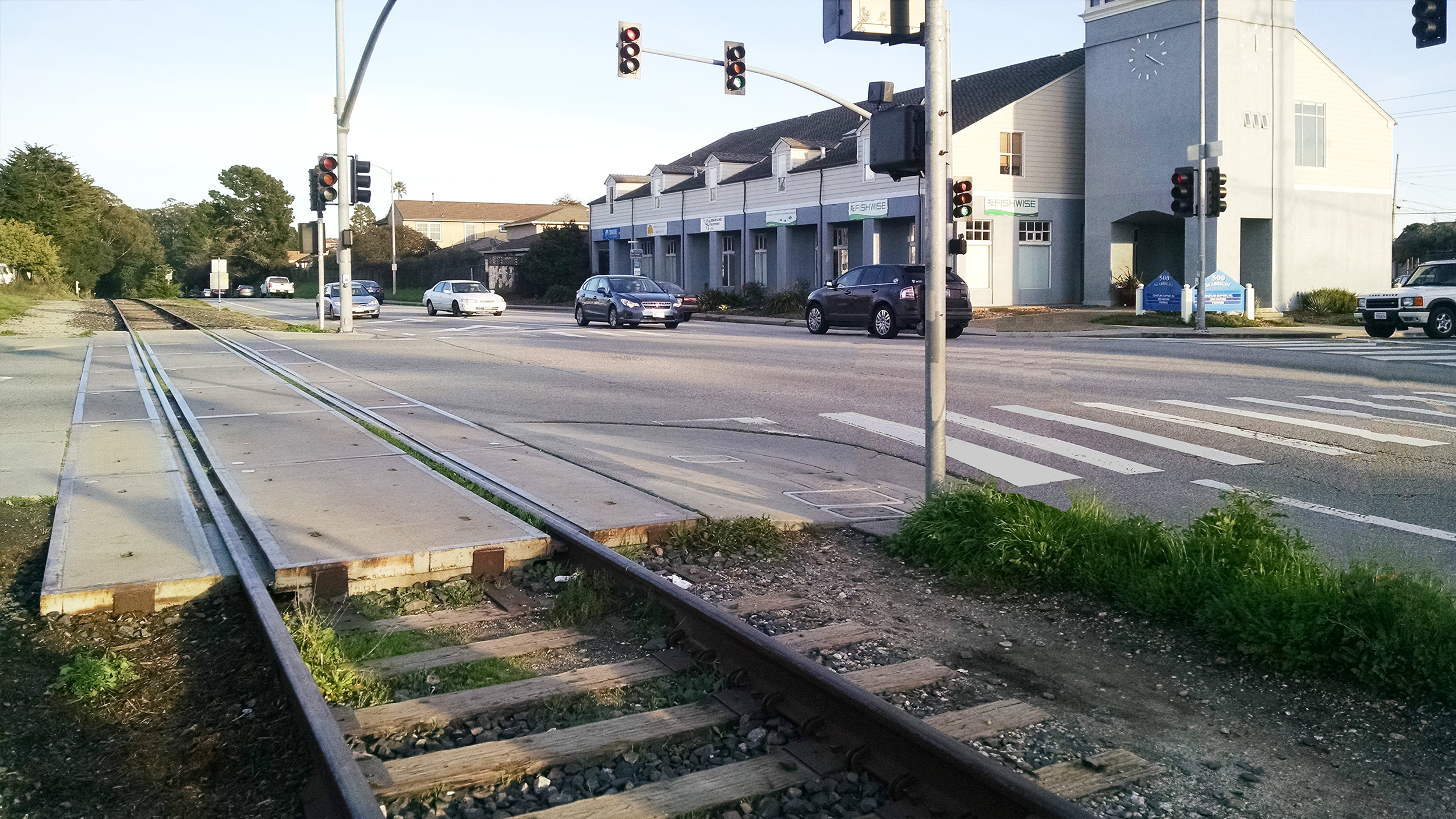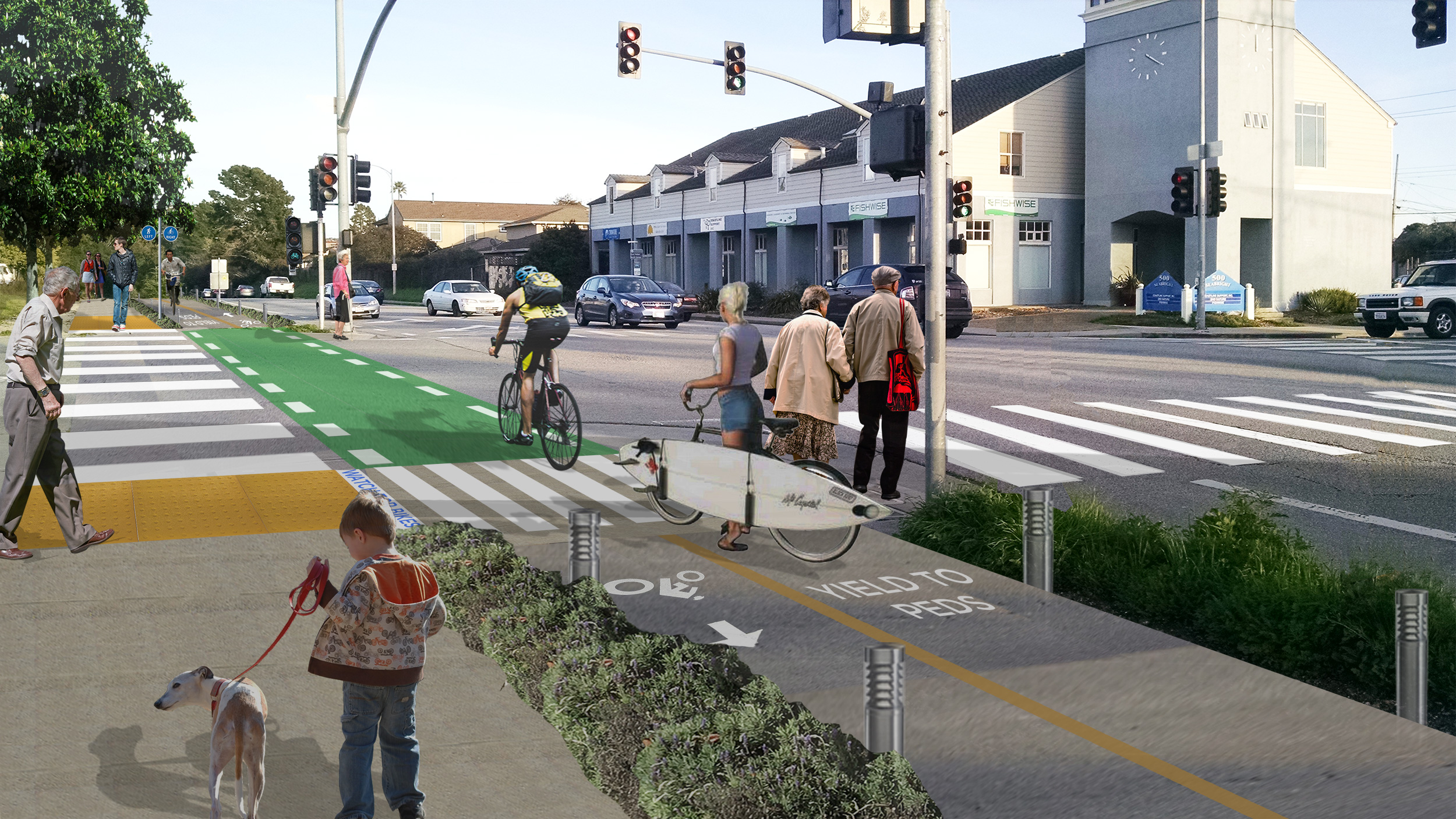view our study
What our supporters are saying
Imagine riding from one neighborhood to the next on a car-free pathway
When we build Greenway, we will activate the entire corridor transforming decaying rail infrastructure into a positive community asset. Building on the existing graded rail bed is the most cost-effective way to create level pathways for people with various fitness and ability levels. Greenway will cross existing trestles so that users encounter cars only at occasional street crossings. Trail design and amenities will be optimized based on the width and projected use of each section. In the highest use areas, physical barriers will separate fast moving cyclists from slower foot traffic ensuring a safe and pleasant experience for all users.
MULTIPLE STUDIES SHOW PASSENGER RAIL IS FINANCIALLY INFEASIBLE
Our tax dollars have now paid for three studies: the Passenger Rail Feasibility Study of 2015, the Unified Corridors Investment Study of 2018, and the Transit Corridor Alternatives Analysis of 2021 — all have demonstrated that passenger rail is financially infeasible in a small county of 275,000 residents like Santa Cruz County. We simply don’t have $1.3 billion to pay for passenger rail. In addition, the notion of keeping the tracks while building a narrow substandard trail next to them is a non-starter as shown clearly by the graphic below. When we build a trail, let’s ensure it’s functional and scales to the amount of bike and pedestrian traffic anticipated!
Listen to why so many Santa Cruz County community members think Greenway is The Best Way:
LEARN MORE ABOUT PROBLEMS WITH RAIL AND TRAIL PROPOSAL
WE CAN BUILD A MORE BEAUTIFUL, SAFE AND ACCESSIBLE TRAIL
The rail and trail plan industrializes the rail corridor and would cause enormous environmental damage. Fortunately, it is financially infeasible. It’s time to turn the page and build Greenway. Thousands of communities across the world build Greenways — why not Santa Cruz County?
Our county is ideal for a Greenway with our year round mild weather, environment and health conscious residents, limited safe biking and pedestrian infrastructure, and the rapid adoption of personal transportation devices such as e-bikes and e-scooters.
When we build Greenway, users will enjoy the welcome shade provided by this canopy near New Brighton State Park. Keeping the tracks in place here would mean cutting down many large trees, excavating the hillside and building a retaining wall to make room for a trail.
The people of Capitola voted with Measure L in 2018 that they want the historic trestle in their city used for bikes and pedestrians. The rail and trail plan detours the trail into heavy traffic in Capitola Village, which is unsafe.
A majority of Capitola residents who participated in the May 2016 Vision Capitola: Creating Community survey said that a trail-only solution would be the best plan for their community.
“My experience with the rail converted to a bicycle and pedestrian trail in Monterey is that it has become a cherished resource for locals and tourists. It is one of their main attractions. They realized a train was incompatible with a trail. The same is true here.”
Railbanking is a practical way to
“preserve future transit options”
Source: Rail-to-Trail Conservancy: Trail-Building Toolbox
“Railbanking, as defined by the National Trails System Act, 16 USC 1247 (d), is a voluntary agreement between a railroad company and a trail agency to use an out-of-service rail corridor as a trail until a railroad might need the corridor again for rail service. Because a railbanked corridor is not considered abandoned, it can be sold, leased or donated to a trail manager without reverting to adjacent landowners.
Railbanking takes place during the rail corridor abandonment process. Official negotiations with the railroad begin after the railroad submits an initial notification to abandon the line to the Surface Transportation Board (STB). Negotiations end with either railbanking or line abandonment.
The railbanking provisions of the National Trails System Act as adopted by Congress in 1983 have preserved thousands of miles of rail corridors that would otherwise have been abandoned.”
What if “Bike to Work Day” was everyday?
Philadelphia Mayor Michael Nutter leads a group on Bike to Work Day 2013.
Photo courtesy of the Philly Bike Coalition





















